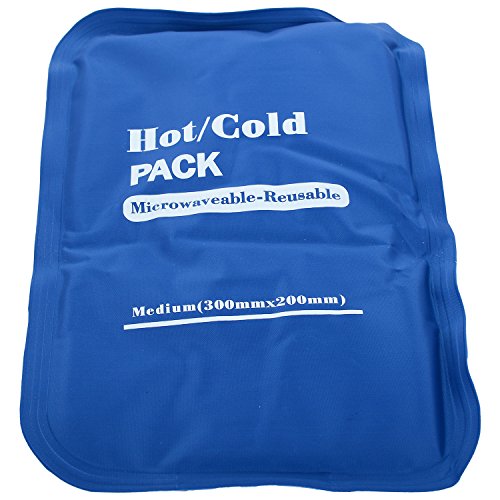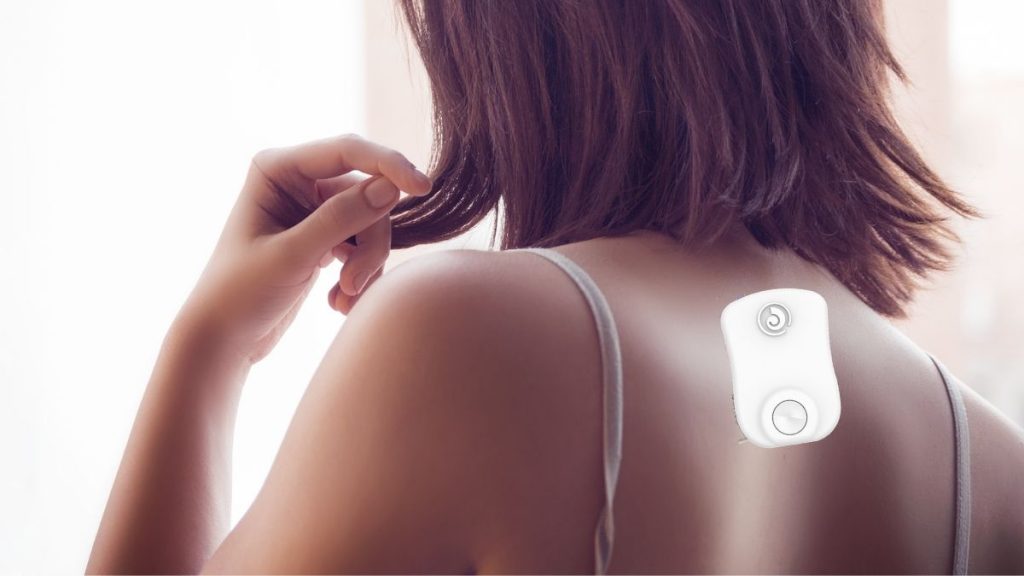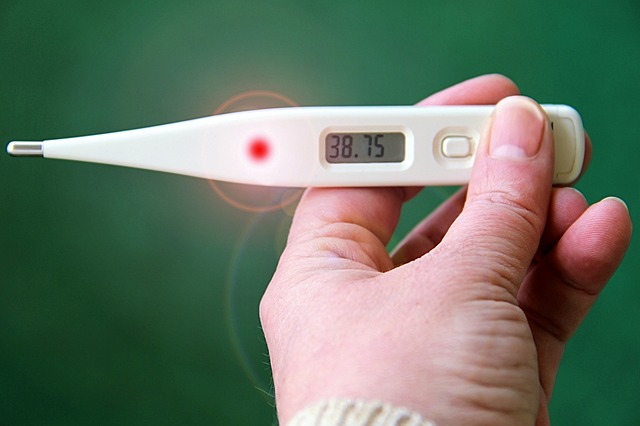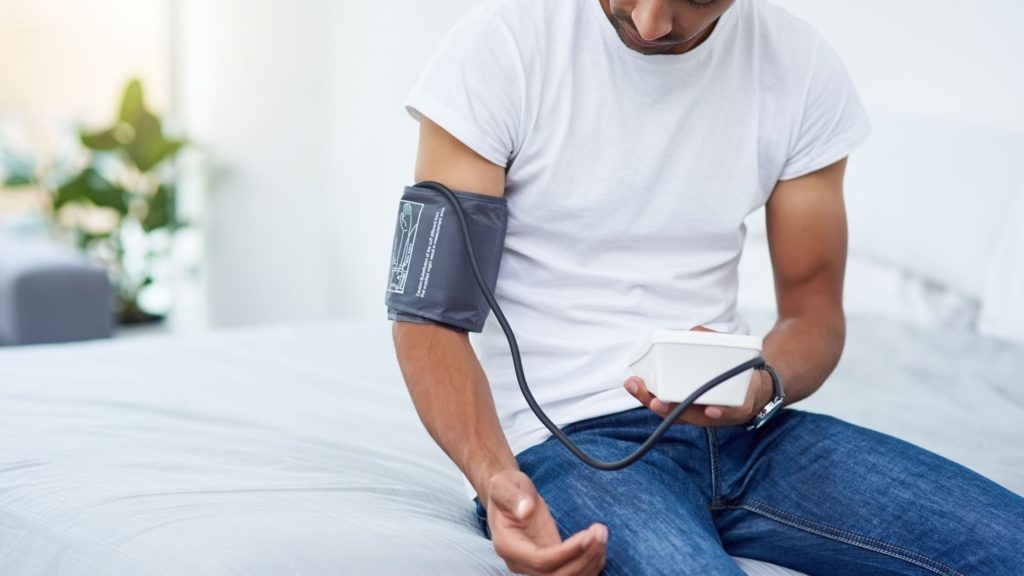Last updated on July 3rd, 2025 at 06:00 pm

When we use extremely cold temperatures to treat body pain and swelling, we call is as cryotherapy. It is extremely useful in treating acute injury and research says that it is also beneficial in chronic pain2. However, it is important to learn both cryotherapy benefits and its risks to make an informed decision.
In this article, we are going to learn about cryotherapy. We will learn how different methods are in use to give cryotherapy? How does it help in the reduction of pain and swelling? What are the different modes of application of cold therapy?
But, let’s first start with a question, what is cryotherapy?
Table of Contents
Cryotherapy benefits and risks
Cryotherapy is the superficial application of cold as a therapeutic agent widely in sports medicine for post-exercise recovery in a variety of sports to cope with fatigue and/or delayed-onset muscle soreness1.
Have you observed during a cricket match when a sportsperson is injured, a team physiotherapist would rush to the field to treat him. The first thing the physiotherapist does to manage such acute pain/injury is the application of an ice pack. It immediately helps in pain relief, controlling the swelling or oedema and much more. To understand how cryotherapy benefits in all these conditions we first need to learn how it affects our body.
Cryotherapy benefits and its mechanism of action
We know the benefits of cryotherapy but its mechanism of action is still uncertain. However, there are few theories that can explain its action2. Let’s try to understand them.
#1 Anti-inflammatory: Reduces inflammation and oedema
In chronic musculoskeletal conditions such as rheumatoid arthritis, ankylosing spondylitis, multiple sclerosis the main cause of pain is chronic inflammation. Inflammation increases the permeability of blood vessels due to which the fluid enters extravascular space. This causes swelling that leads to mechanical stimulation of pain.
When our body is exposed to cold it causes a decrease in blood vessel permeability and reduction of blood flow due to vasoconstriction (narrowing of the blood vessels due to constriction of vessel wall). So, when we apply cryotherapy to the affected area it reduces swelling and thereby reduces pain by the combination of these two effects.
#2 Anti-analgesics: Reduces nerve transmission velocity in pain fiber
Cryotherapy is also believed to reduce nerve transmission velocity in pain fibres. This can be the reason for pain reduction with the application of pain therapy.
#3 Anti-oxidants: Reduces oxidative stress
Oxidative stress is an imbalance between free radicals and antioxidants in your body. Oxidative stress can lead to a number of diseases like diabetes, High BP, heart diseases etc. Oxidative stress also leads to more inflammation and pain. Studies have found that cryotherapy may reduce oxidative stress.
Indications of cold application
Here is the list of conditions where cold therapy is most beneficial.
- Sports induces muscle pain and for muscle recovery. Whole-body cryotherapy is widely accepted mode of treatment in sports medicine. It is used for Recovery from injuries (e.g., trauma, overuse) and after-season muscle recovery 3.
- Cryotherapy is used for preventive strategy against the deleterious effects of exercise-induced inflammation and soreness.
- Acute traumatic inflammation- That is inflammation or swelling due to fresh injury.
- Chronic traumatic inflammation- Swelling which remains even after the healing of an old injury. It can also be a post-operative condition with swelling.
- Muscle spasm
- Thermal burn.
Contraindication of cryotherapy
- Skin over body part where there is impaired sensation like hemiplegic or any paralytic condition with loss of sensation.
- The person with impaired blood circulation.
- Peripheral vascular diseases.
Cryotherapy risks
Although cold has many benefits if it is applied carelessly and for a longer time then it has also some adverse effects. Have to be careful not to apply cold on one single spot for more than 5 to 10 minutes. Preferably, change the spot every 5 minutes.
If applied carelessly, it can have these potential side effects:
Techniques of local cold application
There are different modes of application. Depending on the availability or the condition of the injury, you may adopt any of these modes.
- Cold gel packs: Nowadays cold packs come with a gel material. This gel has the property of retaining cold for a longer period which we need to keep inside the deep freezer. Cold gel packs are sometimes called ice gel packs.
- Ice packs: The ice pack is prepared from ice cubes. Ice cubes are crushed and wrapped in a terry towel and applied over the affected part. It also comes ready-made which is handy to use. Just fill in with water and keep it in the freezer (pic).
- Ice towel: Dip a clean terry towel is in a mixture of cold water and ice. Now, squeeze out the extra water from the towel and apply it over the painful part.
- Vaporcoolant spray: A volatile liquid that evaporates on contact with the skin, causing a local refrigerant effect and helps relieving pain.
- Whole body cryotherapy: A brief full body exposure to dry air at cryogenic temperatures lower than −110°C has become widely popular in sports medicine, often used to enhance recovery after injuries and to counteract inflammatory symptoms resulting from overuse or pathology3.
Keep reading: Contrast bath therapy: Protocol for edema, hand swelling
The author is a physiotherapist who has been practising for the last 17 years. He holds a Bachelor's in Physiotherapy (BPT) from SVNIRTAR (Swami Vivekananda National Institute of Rehabilitation and Research), one of the prestigious physiotherapy schools in India.
Whatever he learns dealing with his patient, he shares it with the world through blogs and e-books. He also owns a YouTube channel, "Sunit Physiotherapist" with over 8 lakh active subscribers. Here, he shares everything he gets to learn serving the patient.







Pingback: Achilles tendonitis stretches and other exercises - Physiosunit
Pingback: How to Stop Muscle Pain After Workout - Physiosunit
Pingback: Easy Clavicle Fracture Physiotherapy Exercises - Physiosunit
Pingback: How to Contrast Bath Therapy for Hand & Foot Swelling - Physiosunit
Pingback: How to Recover Muscles Faster after Workout? : Physiosunit
Pingback: What is the Best Exercises for Carpal Tunnel : Physiosunit
This pregnancy movie is completely amazing as it has shown each and every color of the life from comedy to emotions, depart, feeling and everything else, which made the same movie the best of al Soma delivery
You have shared a nice article on deep freezer with all the features and specification and way to use it with all advantages, It is best to use. Find the latest and best deep freezer price and compare it of all online shopping site.